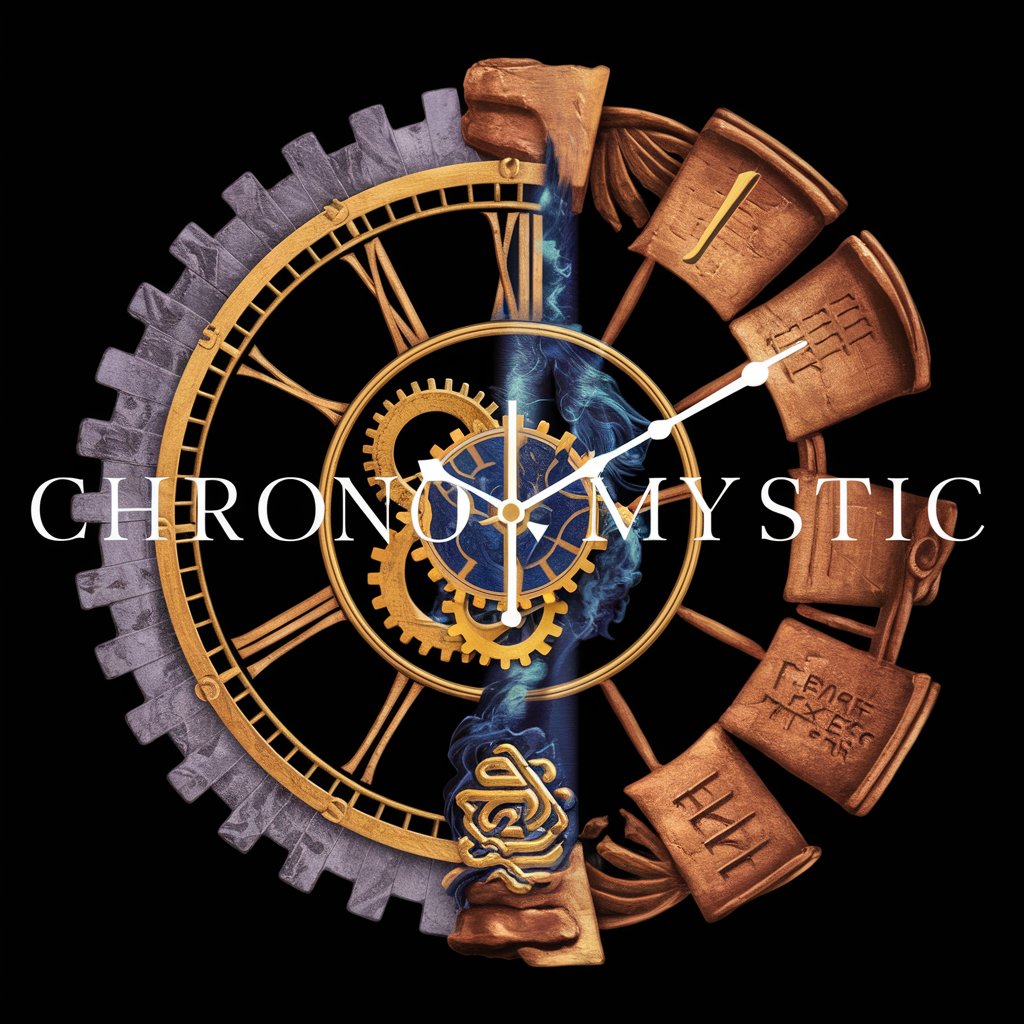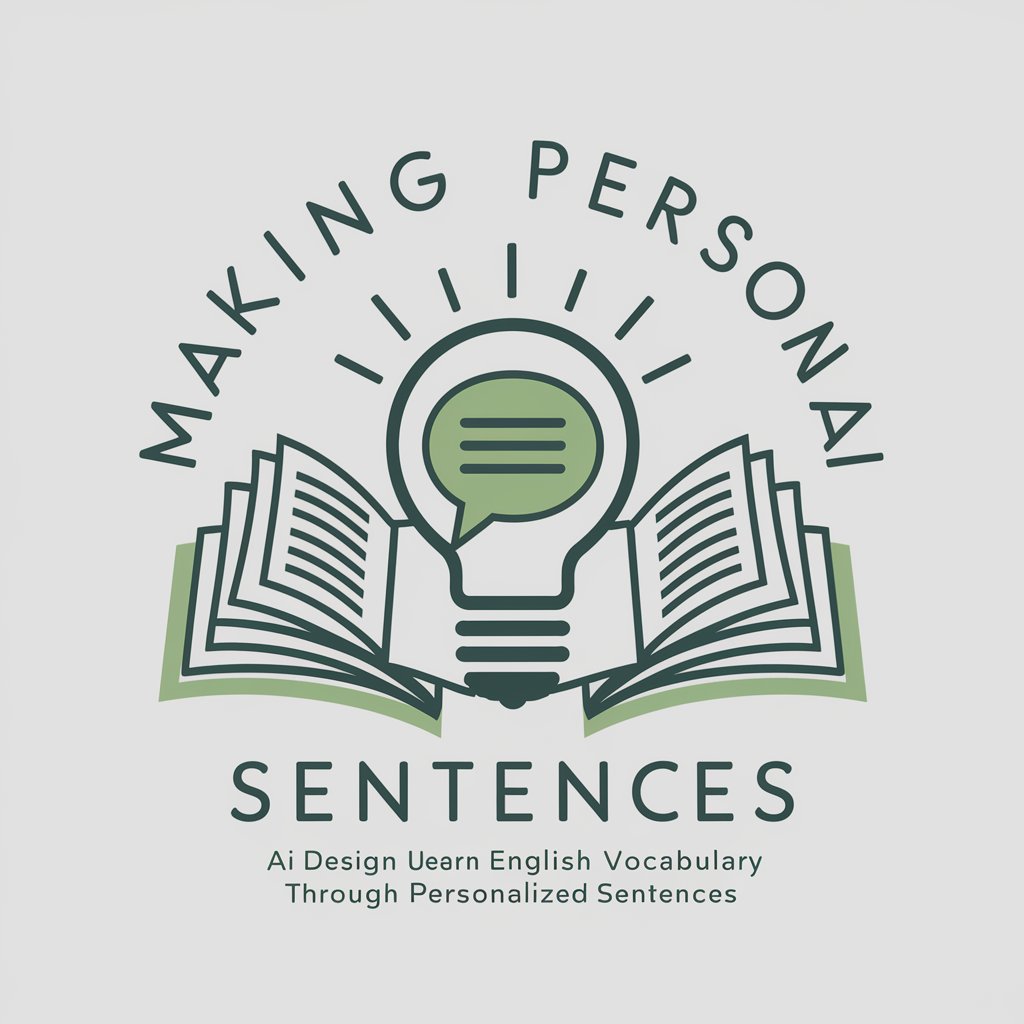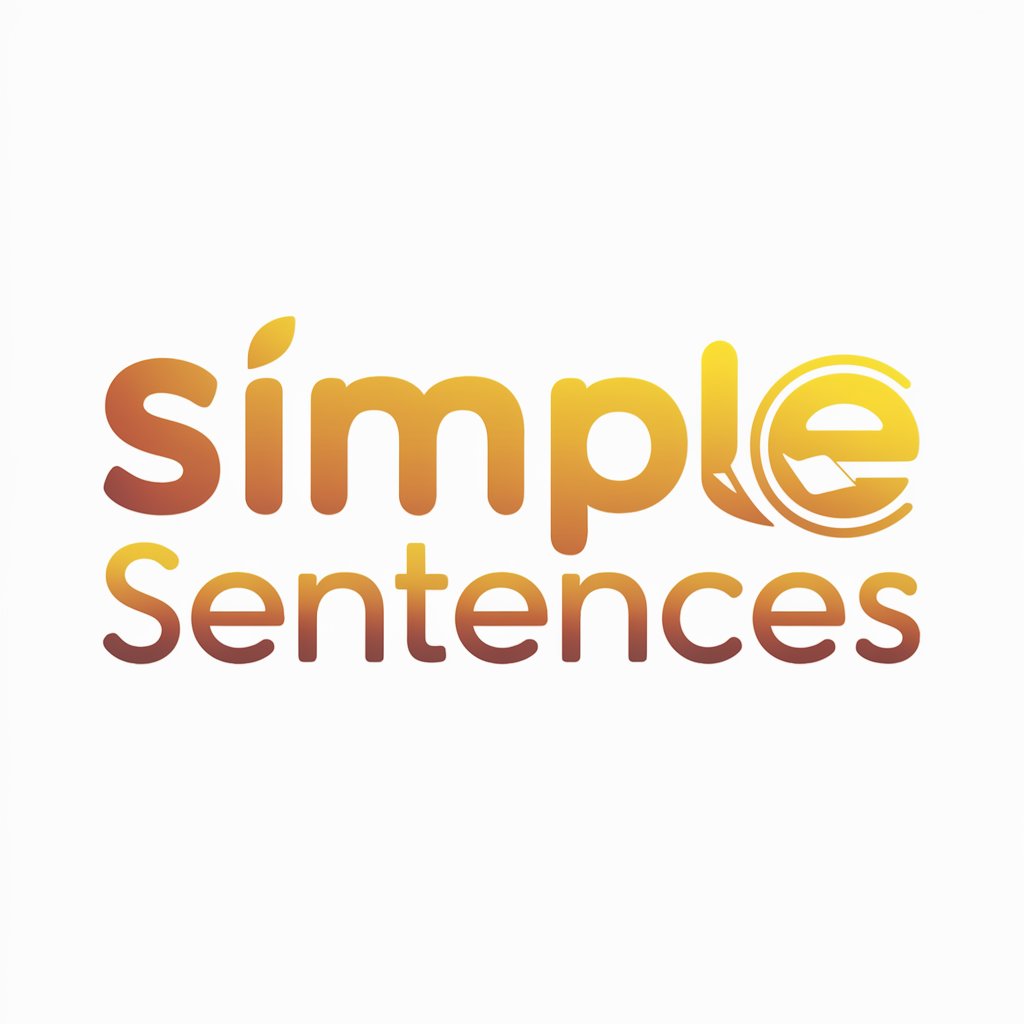
How to say sentences - Translation, AI-Powered

Hello! How can I help with your translations today?
Translate Naturally with AI
How do you say 'Thank you for your help' in natural English?
Can you translate this Chinese description into an English sentence that sounds native?
What would be the best way to express this idea in English?
How can I convey this Chinese phrase in a culturally relevant English sentence?
Get Embed Code
Overview of How to say sentences
How to say sentences is a specialized AI tool designed to translate Chinese descriptions into English sentences that resonate with the nuances and everyday usage by native speakers. The primary goal is to ensure that translations not only convey the literal meaning but also embrace cultural relevance and context-specific appropriateness. This involves adapting idiomatic expressions, slang, and culturally embedded phrases so that they feel natural and accurate to English speakers. For example, translating a common Chinese greeting or phrase like '吃了吗?' isn't just rendered as 'Have you eaten?' but might be contextualized as 'How's it going?' to reflect casual English conversation norms. Powered by ChatGPT-4o。

Core Functions of How to say sentences
Cultural Nuance Translation
Example
Translating '加油' to 'Go for it!' or 'You got this!' instead of the literal 'Add oil', to convey encouragement appropriately in English.
Scenario
Used in sports events or motivational settings where encouragement is expressed.
Idiomatic Expression Adaptation
Example
Converting '人山人海' directly as 'a mountain and sea of people' might be rephrased more naturally as 'packed with people' or 'crowded as can be' in English.
Scenario
Describing busy scenes in travel blogs or urban descriptions.
Contextual Relevance
Example
Adjusting the translation of '书中自有黄金屋' from the literal 'In books, there are houses of gold' to 'Books can be incredibly rewarding' to better resonate with English-speaking audiences.
Scenario
In educational contexts or motivational speeches emphasizing the value of reading and knowledge.
Target Users of How to say sentences
Chinese Learners of English
English language learners from Chinese-speaking backgrounds who need to communicate effectively and naturally in English, particularly in casual or professional settings.
Translators and Interpreters
Professional translators and interpreters who require assistance in ensuring that their translations are not only accurate but also culturally and contextually appropriate.
Content Creators and Marketers
Individuals involved in creating content for diverse audiences, such as marketers, who need to ensure that their communications are culturally resonant and clear to English-speaking audiences.

How to Use 'How to say sentences'
Step 1
Access yeschat.ai for a free, no-login trial without requiring a ChatGPT Plus subscription.
Step 2
Choose the language input option to enter your Chinese descriptions or phrases that you need translated into natural-sounding English.
Step 3
Type your text into the provided field and submit it for translation. Ensure the text is clear to maximize translation accuracy.
Step 4
Review the translated sentences provided. Utilize the option to tweak or request variations if the initial translation doesn’t fully capture the desired nuance.
Step 5
Use the translations in your intended context, such as academic papers, business communications, or personal projects. Provide feedback for continuous improvement of the service.
Try other advanced and practical GPTs
Lunar prophecy and philosophy
Unlock your future with AI-powered lunar insights

The Old Testament
Empowering creation with AI

Chrono Explorer
Discover History with AI-Powered Imagery

Eldric Chronos
Traverse time with AI-powered insights

Chronos Chile
Explore Chilean History with AI

Chrono Mystic
Unraveling History with AI Power

Jenny Fix Your Sentences
Polish Your Text with AI

Making Personal Sentences
Customize Your Language Learning with AI

Medical Assistant
Your AI-Powered Medical Consultant

Albert Einstein
Experience Einstein's Genius AI-Powered

GPTARCH - Esperto in fondi pensioni COVIP
Smart AI guidance on pension funds

Proba Fond Rails
Customize, Analyze, Optimize with AI

Frequently Asked Questions About 'How to say sentences'
What makes 'How to say sentences' different from other translation tools?
Unlike basic translation tools that often provide literal translations, 'How to say sentences' focuses on converting Chinese descriptions into English sentences that are idiomatic and culturally relevant, making them sound natural to native speakers.
Can I use 'How to say sentences' for professional documents?
Absolutely. This tool is ideal for translating professional documents where tone and nuance are important, such as business communications, legal documents, and academic papers, ensuring the language used is appropriate and precise.
Is there a limit to the length of text I can translate at one time?
There might be limitations depending on the platform’s capabilities. It's advisable to check the specific terms on yeschat.ai or split longer texts into manageable segments for better results.
How can I improve the accuracy of the translations?
For the best results, provide clear and context-rich sentences. Avoid slang and regionally-specific phrases that might not translate well without additional context.
Is 'How to say sentences' suitable for learning English?
While primarily a translation tool, it can be a valuable resource for learners looking to understand how complex Chinese phrases can be expressed naturally in English, thereby aiding in learning the language.





